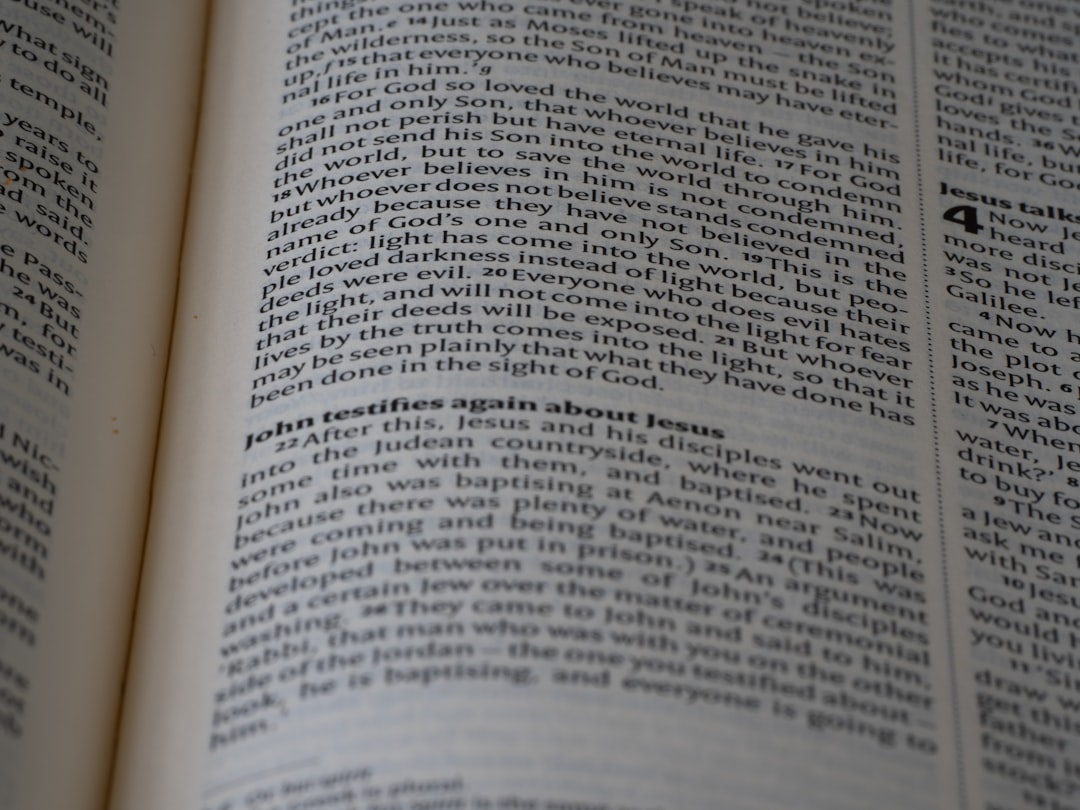Exploring the Diversity of European Languages

The rich tapestry of European languages is a fascinating subject that encapsulates both the majority tongues spoken by millions and the lesser-known minority languages that flourish in specific regions. Europe’s linguistic landscape reflects its complex history, cultural diversity, and social dynamics. From the global prominence of languages like English and French to the unique charms of minority tongues such as Basque and Sami, I invite you to explore the spectrum of language diversity across this vibrant continent.
Overarching Trends in Language Diversity
Major Languages: Global Influence and Cultural Identity
Let's begin with some of the major languages in Europe. English, French, German, and Spanish are not just means of communication; they are pivotal in global diplomacy, trade, and culture. These languages serve as a bridge between nations, fostering international relations and facilitating dialogue.
For example, English has become the lingua franca for many sectors, including business and academia. Its extensive vocabulary and adaptability to new concepts make it a prime choice for global communication. However, while these dominant languages offer significant advantages, they can also overshadow smaller languages, pushing them to the margins.
The Relevance of Minority Languages
Amidst this linguistic dominance lies a treasure trove of minority languages that enrich European culture. These languages represent distinct identities and histories, often tied to specific regions or communities. Understanding their value provides insight into the broader socio-cultural framework of Europe.
Minority languages face numerous challenges: declining speakers, lack of formal recognition, and minimal public infrastructure for education and media in these tongues. However, initiatives to promote these languages are gaining momentum. For instance, regional governments may offer support programs aimed at revitalizing local dialects or integrating them into school curricula.
Spotlight on Basque Language
A Unique Case Study: The Basque Language
One of the most intriguing examples of a minority language in Europe is Basque (Euskara). Spoken in Northern Spain and Southwestern France, Basque is a language isolate—meaning it has no known relation to any other world language. This uniqueness makes it an emblematic representation of identity for the Basque people.
Efforts have been made to ensure the survival and growth of Basque through education initiatives. Schools now offer instruction primarily in Basque, which has helped increase literacy rates among young speakers. Additionally, cultural festivals celebrating Basque heritage further promote its use in daily life.
The Political Landscape Affecting Basque
The political situation surrounding the Basque language is complex. While there have been substantial advancements since the democratic transition in Spain post-Franco era, some areas still grapple with linguistic tensions. National identities often collide with local languages, leading communities to navigate between regional pride and national coherence.
Examining Sami Languages in Northern Europe
The Sami Linguistic Fabric
Moving beyond the Iberian Peninsula to Scandinavia, we encounter the Sami languages, spoken by the indigenous Sami people across Norway, Sweden, Finland, and parts of Russia. Just like Basque, Sami comprises several varieties; however, they all share roots within the Finno-Ugric language family.
Sami languages face similar threats as those confronted by many minority tongues worldwide—urbanization diluting traditional lifestyles and shrinking speaker numbers due to historical suppression. Yet there are glimmers of hope; initiatives led by Sami activists have revitalized interest in their languages.
Educational Initiatives and Cultural Revitalization
The establishment of educational programs that teach Sami not just as a second language but as part of everyday curriculum serves as a vital lifeline. For instance, schoolchildren often learn about traditional Sami culture alongside language lessons. This integration strengthens their identity while ensuring that they appreciate their heritage—a crucial factor for continuity.
The Role of European Union Policies
Language Protection Frameworks
The European Union recognizes that linguistic diversity is a valuable asset rather than an obstacle. Through various frameworks like the European Charter for Regional or Minority Languages, there are commitments to protecting these minority languages across member states.
From funding educational projects to promoting bilingualism within communities, these initiatives underscore a dedication to preserving Europe's rich linguistic heritage. They provide a structured approach toward fostering respect for all languages — major or minor — within educational systems.
Future Prospects for Language Diversity
Looking ahead, the EU's continued support coupled with grassroots movements by local communities gives hope for sustaining minority languages. With technology also playing a role—think mobile applications designed for learning regional dialects—there might be tools that can aid revival efforts effectively.
Key Takeaways on European Language Diversity
- Europe's linguistic landscape showcases both majority tongues like English and French as well as unique minority languages like Basque and Sami.
- Minority languages enrich cultural identities but face challenges including declining numbers of speakers.
- Efforts toward revitalization include educational programs promoting usage in schools.
- EU policies support linguistic diversity through recognition and protective frameworks.
- Grassroots movements play an essential role in preserving threatened dialects.
Fostering awareness about linguistic diversity matters deeply—not only for preserving heritage but also for promoting understanding among different cultures. As we navigate an increasingly interconnected world, embracing this diversity exposes us to enriching perspectives that enhance our collective human experience. Pour aller encore plus loin dans la découverte des langues européennes et de leurs nuances variées, vous pouvez consulter dictionaronline.eu pour des ressources supplémentaires et des informations détaillées sur cette thématique fascinante.




